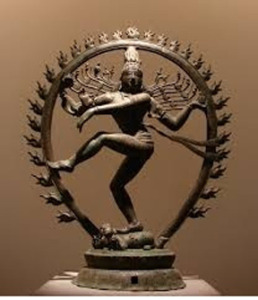 CHICAGO: Members of the Indian community at large in Chicagoland and across the USA have accorded an unqualified welcome to the news that the upcoming $630 million Louvre Abu Dhabi (LAD) museum will have Hindu Dancing Shiva statue in its permanent collection.
CHICAGO: Members of the Indian community at large in Chicagoland and across the USA have accorded an unqualified welcome to the news that the upcoming $630 million Louvre Abu Dhabi (LAD) museum will have Hindu Dancing Shiva statue in its permanent collection.
This tenth century lost-wax bronze from Tamil Nadu (India) of Chola period, 86 centimeters high, has been in the collection of National Gallery of Australia in Canberra till 2009. A video posted on the LAD website explains the meaning behind various parts of the statue.
Claimed to be “a unique and universal museum”, LAD is Abu Dhabi’s collaboration with Musee du Louvre of Paris and “will present major objects from the fields of archaeology, fine arts and decorative arts”.
A superb example of Indian Chola-period bronze casting, this statue represents the Hindu deity Shiva in an iconographic form known as Nataraja, or Lord of the Dance. In Hinduism, Lord Shiva, along with Lord Brahma and Lord Vishnu, forms the great triad of Hindu deities. Hinduism is the oldest and third largest religion of the world with about one billion adherents and moksh (liberation) is its ultimate goal.
Sohan Joshi president of National Federation of Indian Associations said that the Museum needs to add more Hindu artifacts in Museum collections. Madhu Patel, president of NRI Press Club mentioned that the Art had a long and rich tradition in India and ancient Sanskrit literature talked about religious paintings of deities on wood or cloth. Prof Anant Rawal, a Baroda University Sanskrit scholar now settled in USA, said that the Hinduism is the oldest religion of the world and has millions of followers across the world.






